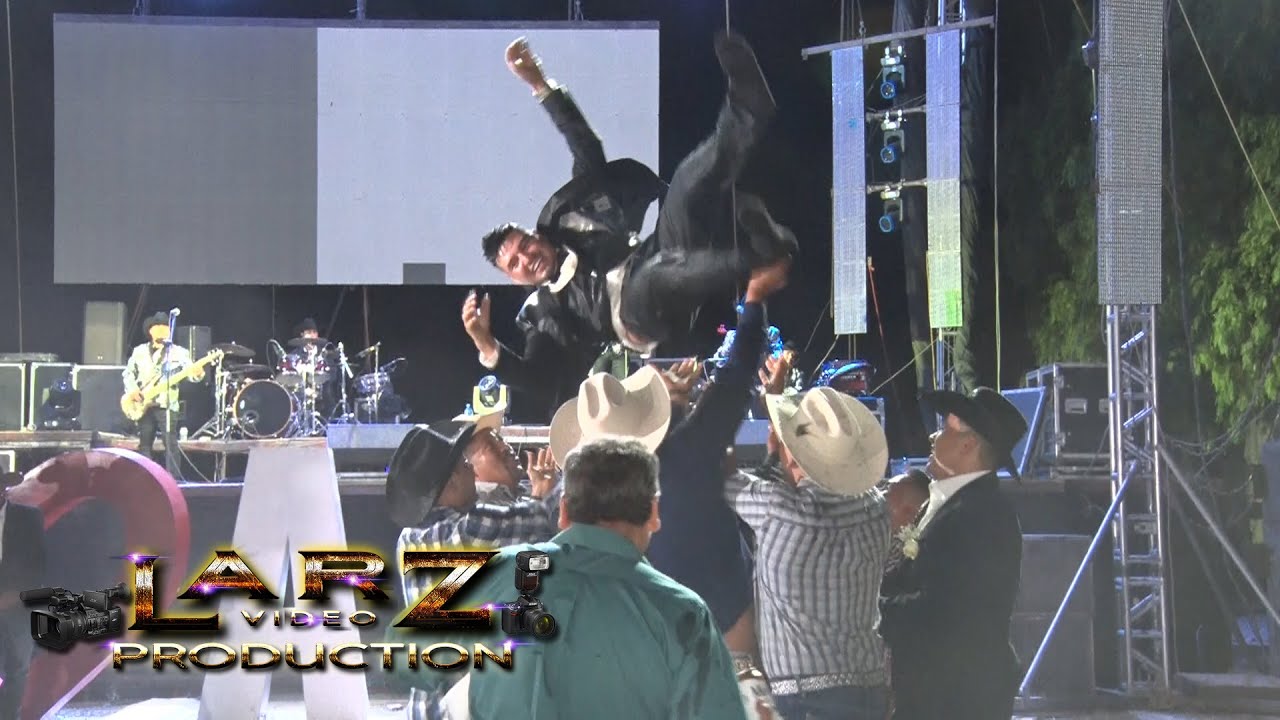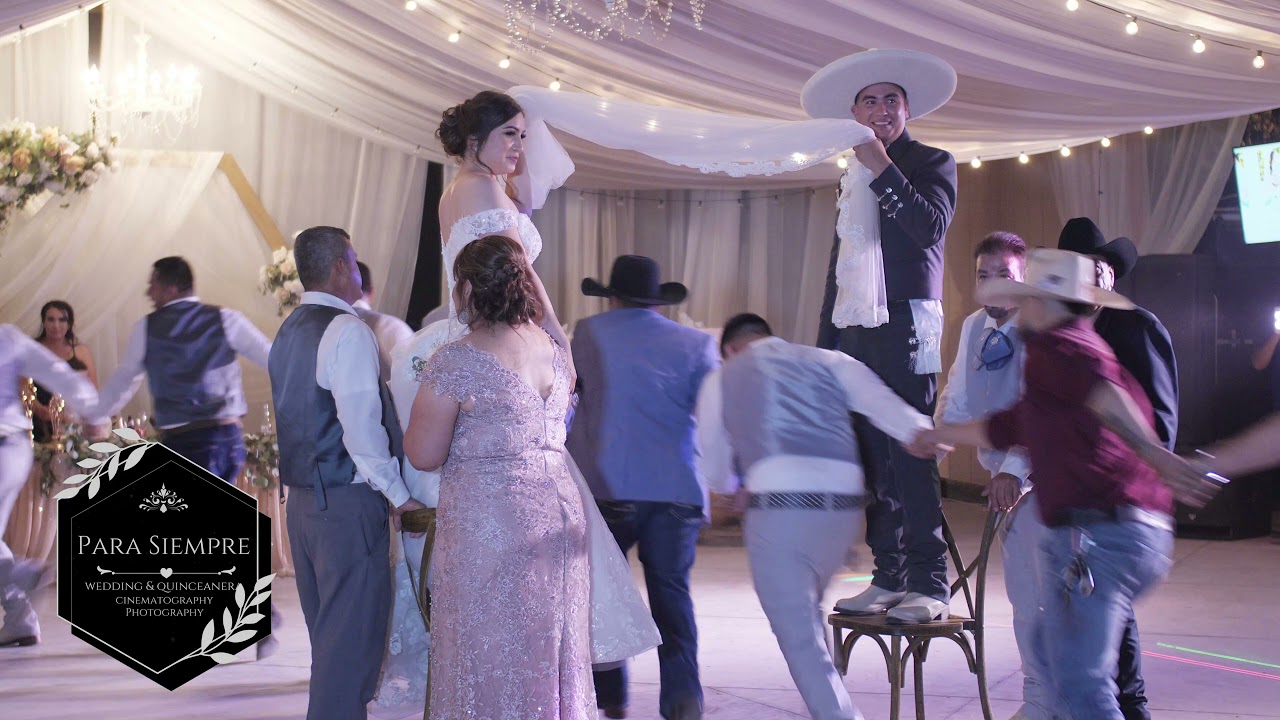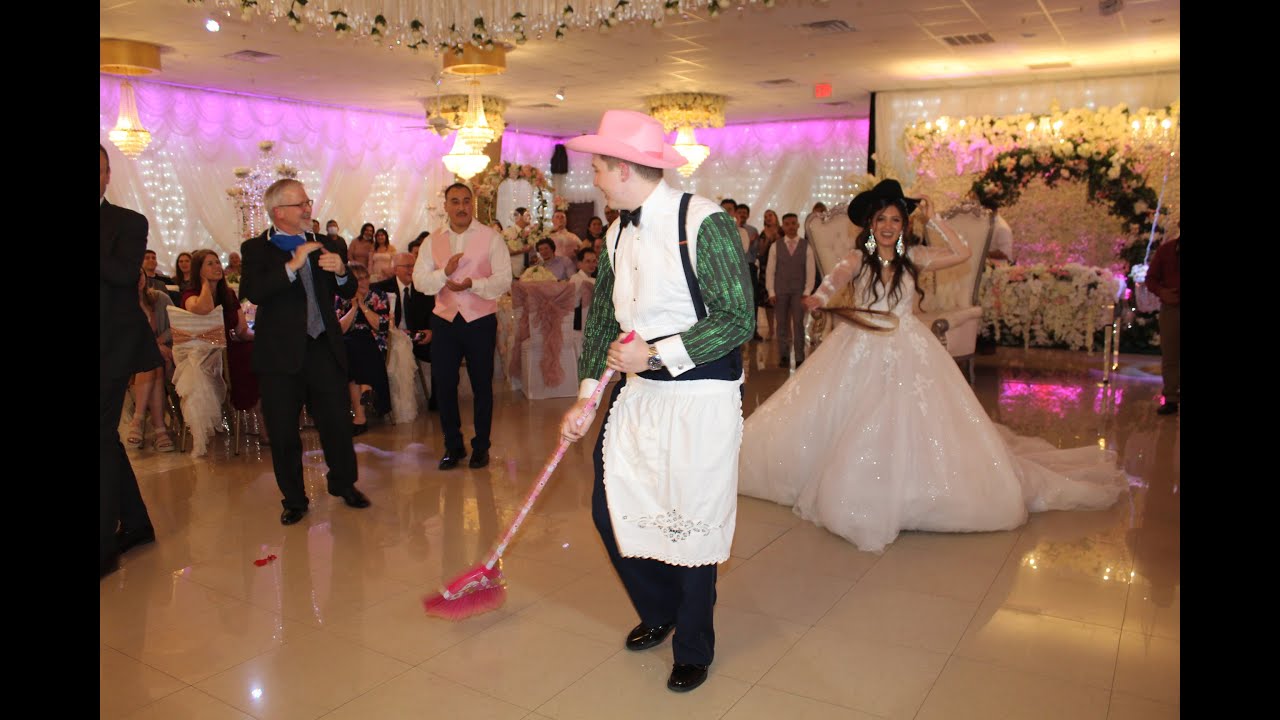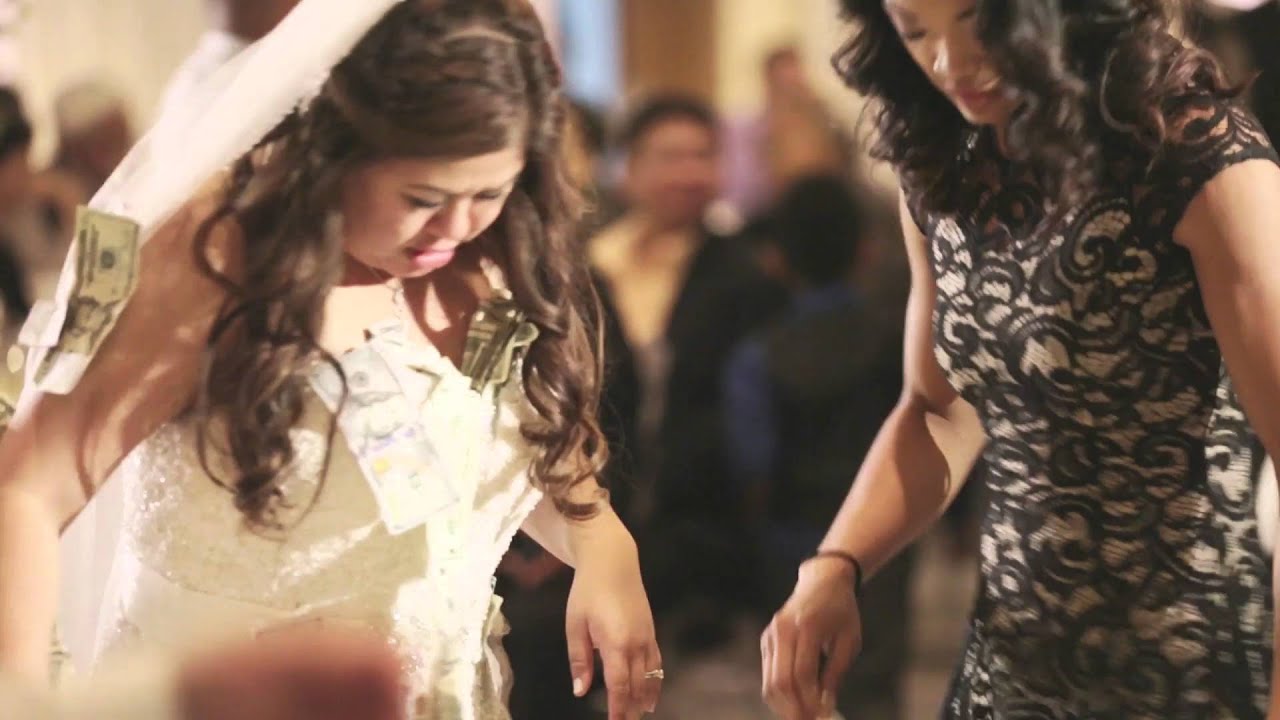Every culture has a wealth of traditions that showcase its rich history and identity. Mexico is no different; some of its many vibrant wedding traditions include a wedding parade with a mariachi band, live music performances at a reception, and several types of wedding dances.
You will find many, many traditional dances at any Mexican wedding tradition. You might witness the money dance, La Vibora de La Mar, or the Lanzar el Ramo. Below are all the traditional Mexican wedding dances you might see at a reception, along with explanations of their symbolism and history.
Magical Mexican Wedding Dances You Should Know
1. La Callejoneada (Wedding Parade to the Reception)
In typical wedding timelines, guests typically go to the reception venue after a receiving line or toss. The couple might provide transportation for everyone’s convenience, or the guests can make their way to the venue on their own.
However, weddings in San Miguel de Allende use this opportunity to share the festivities with everyone in the vicinity. They organize a wedding parade, or La Callejoneada, to get everyone from the ceremony to the reception.
A distinctive part of this Mexican wedding dance is the gigantic puppets, Mojigangas, dressed like the newlyweds. Music is played by Estudiantinas, a singing group that performs romantic serenades. You might also see a donkey used to carry flowers and drinks.
These parades usually take an hour, with the giant puppets dancing and engaging the crowd. Guests — and even people along the way — are also free to dance to the music if they want.
2. Primer Baile (First Dance)
After dancing with each other, they will go on to have their first dances with their parents. They will also dance with their padrinos and madrinas afterward.
3. Lanzar el Ramo (Dance During the Bouquet Toss)
The bouquet toss is an iconic part of any wedding reception. As the DJ or master of ceremonies invites all the single women to the dance floor, the newly married bride turns her back to everyone.
The single ladies will surround the newly married bride and start dancing around her. As the music plays, she will tease the participants by pretending to throw the bouquet multiple times before actually tossing it.
4. Tirar la Liga (Dance During the Garter Toss)
Since there is a wedding dance in Mexico for the bouquet toss, there is also one for the garter toss. The newly married groom performs in front of all the guests, removing his wife’s garter creatively, sexily, or theatrically.
Once the groom has the garter, his unmarried friends and relatives will surround him and grab him. As upbeat music plays, his friends and family will mess around and dance with him; they may even lift him and make him crowd surf. This scene is often reminiscent of luchadores or Lucha Libre wrestlers.
When the music stops, the groom must toss the garter without aiming toward anyone in particular. The man who catches the garter, similar to the woman who catches the bouquet, is believed to be the next person to get married.
5. Dance of the Lucky Catchers
Those who caught the bouquet and garter — or any of the alternatives — earlier will be invited to dance together immediately after those parts of the reception.
The couple can introduce any twist to this part of the reception. For instance, they might even try to do a speed dating-like segment for entertainment. Ultimately, what happens in this dance — or if it happens at all — depends on the couple’s preferences and personalities.
6. El Muertito (Tossing the Groom Around)
Although the translation of this traditional wedding dance in Mexico might seem scary at first, it is actually extremely fun and engaging.
In el muertito, the men in attendance will gather on the dance floor, lift the groom, and throw him into the air multiple times.
The men can also take the groom’s shoes and pass them around. They can put gifts and money inside before returning the shoes to the groom.
7. La Vibora de La Mar (Sea Snake Dance)
This Mexican wedding dance is as magical as its name sounds. It begins with the newlyweds standing on opposite chairs. They can hold each other’s hand or hold both ends of a fabric; regardless, the goal is to form an arch.
Guests must hold each other’s hands, dance, then walk under the arch created by the couple. The music progressively becomes faster, making it more challenging to go through the arch with hands intertwined.
8. Baile Del Mandilon (Dance of the Domesticated Husband)
As this dance’s name suggests, the newlyweds acknowledge the existence of gender roles within marriage. The man takes on the responsibilities of a traditional wife — he is given a broom, an apron, and a random kid from the crowd.
Meanwhile, the woman puts on a pair of cowboy boots, a cowboy hat, and other accessories. She also holds a can or bottle of beer.
The groom still leads the dance, but he does so by sweeping the floor with a broom from side to side while carrying a baby. The bride follows his lead while taking a swig from her beer, occasionally using her belt to whip him.
Ultimately, this dance represents a new chapter in the groom’s life. Now that he has entered a committed marriage, he must respect and obey his wife.
Typically, the couple performs this dance to el Chilito Piquin or Banda Machos’ El Baile Del Mandilon. A lot of songs in the Zapateado style will also work well.
9. Money Dance
This wedding dance is not only found in Mexico but in a lot of cultures with Hispanic or Latin influences such as Portugal and Cuba.
As its name suggests, the money dance involves guests “paying” the newlyweds to have a dance with them. Guests are given pins so they can attach bills to the couple’s clothes.
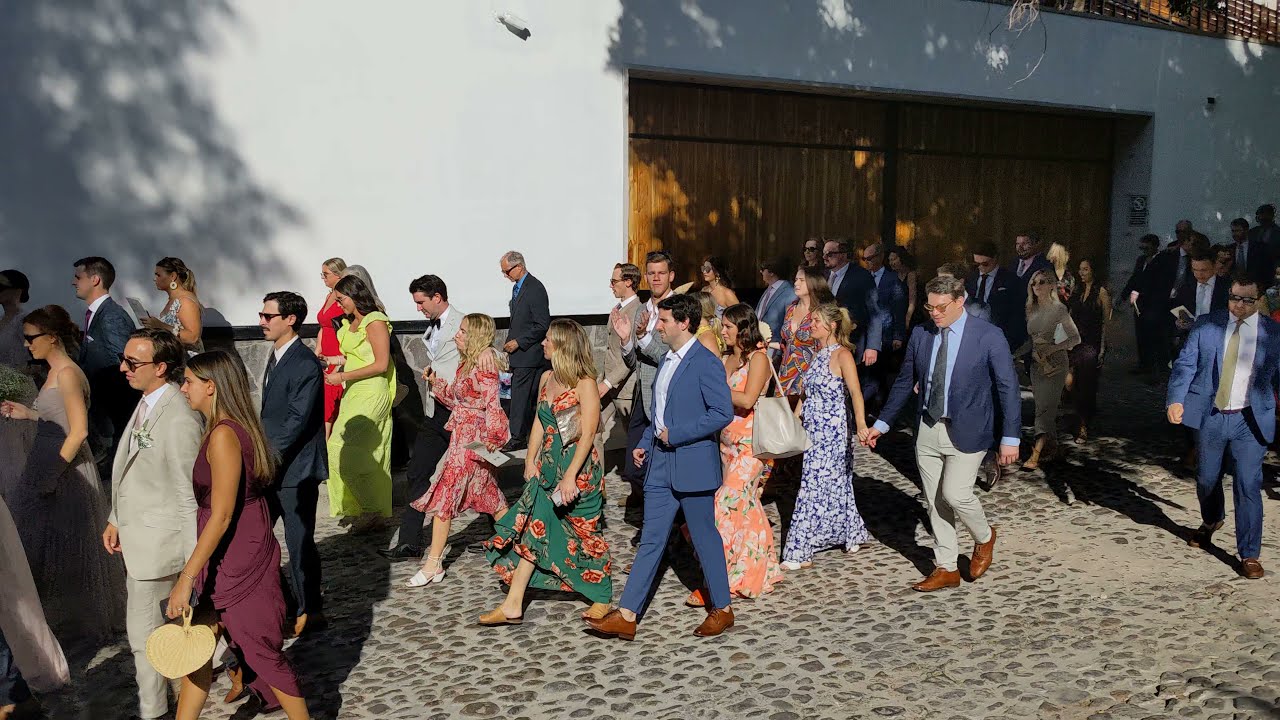
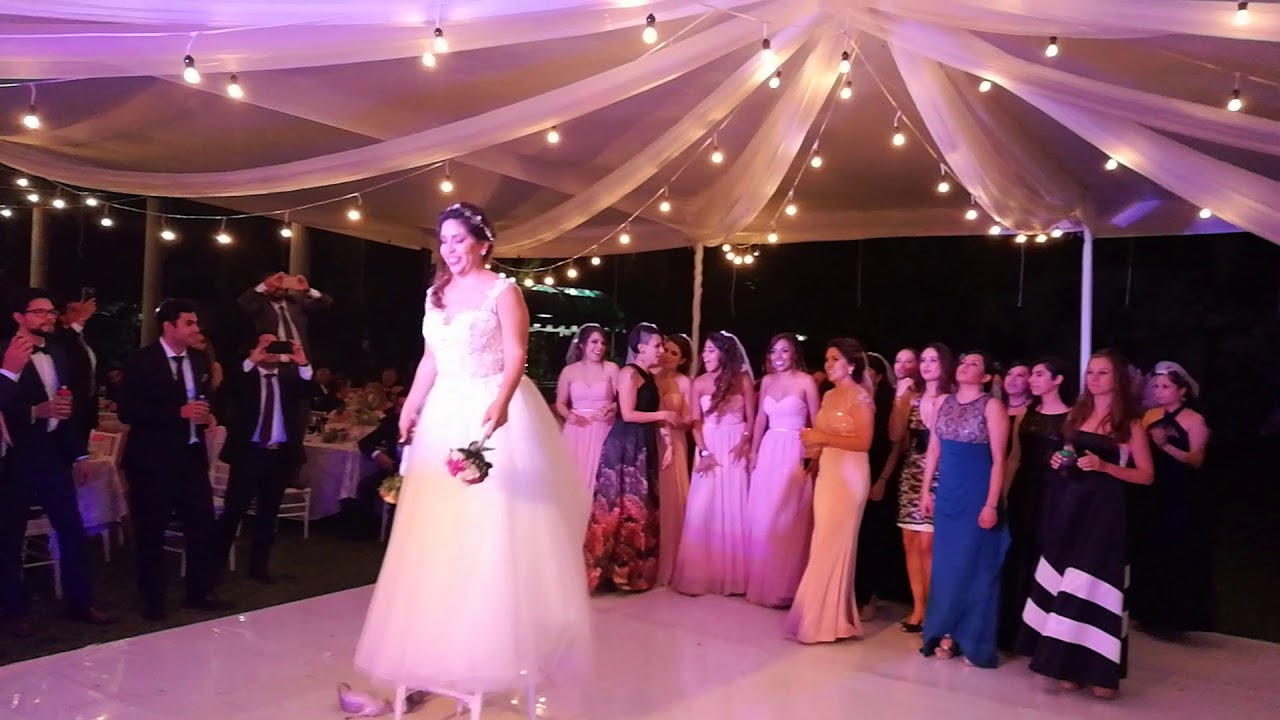
![Juegos para BODAS 2023 💍💍 - LANZAR el ramo 💐(bouquet) y QUITAR la liga - [Gabriela & Alonso]](https://weddingfrontier.com/wp-content/cache/flying-press/8ba5eae173f4fe3fa15e0270034b0bcc.jpg)
